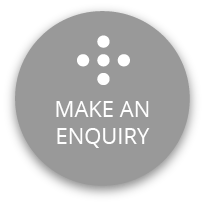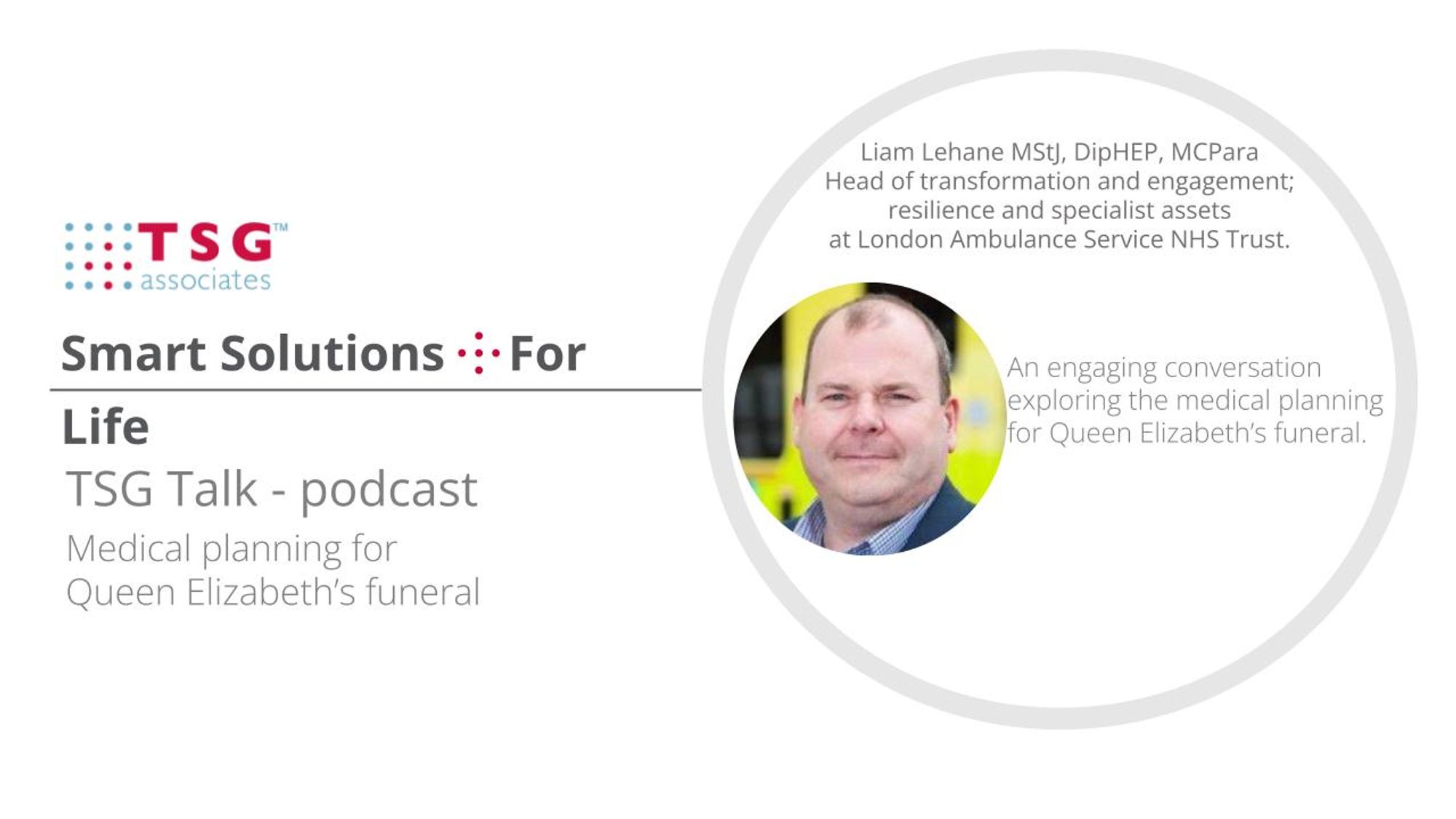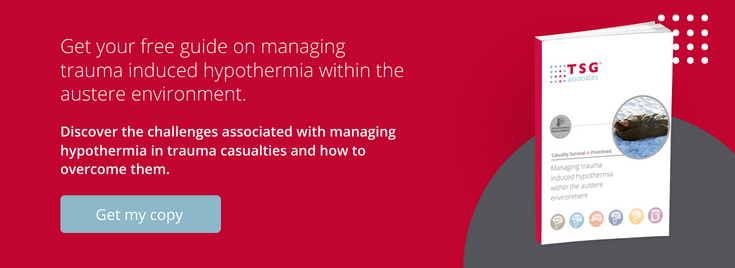


02/10/2023
TSG Talk- Planning the medical response for the funeral of Queen Elizabeth II
In a recent episode of our podcast, Senior Partner, Colin Smart, engaged in a fascinating conversation with Liam Lehane. His unique insights into the medical planning behind the funeral arrangements for Queen Elizabeth II provided a captivating glimpse into the intricacies of such a historic event.
Liam’s background
Colin started by delving into Liam's medical background and how it equipped him for the task of planning the funeral for Queen Elizabeth II.
“So, I've worked for the ambulance service now for probably, well, not probably, but coming up for nearly 30 years. I started out actually when I left school in the health and social care sector. Firstly, working with the elderly and children that were in care, and then adults and young people with learning disabilities. So that sort of gave me the grounding, but I was also a volunteer with the Red Cross for many years from the age of probably around 14. So that gave me a bit of an enthusiasm about first aid and those medical bits.”
Continuing, he explains his journey into joining the ambulance service.
“I’d say I joined the ambulance service in 1994, starting out as what was then known as a trainee qualified ambulance technician and we've had very many titles over the years… then I qualified as a paramedic in 1997, so I’m probably one of the old school paramedics. I was fortunate in 2006 when I joined the London Ambulance emergency planning team.”
“Operation London Bridge”
Liam went on to discuss the unique nature of the planning process for such an event.
“It's fair to say it was unique. You know, we haven't seen a state funeral of that nature for a while you know …obviously, since the Queen's father, so over 70 years.”
Liam's comments on it had all been planned beforehand.
“...we knew that whilst it didn't concentrate mainly on London, there were various aspects that had to be taken into account and planned for as we do with every reigning monarch…”
He elaborated on the extensively planned “Operation London Bridge.”
“So … we've got plans that have been developed over very many years … You know, it's not talked about, but you'd have seen over the years the various leaks of information. The Queen's particular plan was called “Operation London Bridge.” There were some foundation stones… we’d worked out with many of the partners over London along with the Royal household.”
National homage to Queen Elizabeth II
Liam reflected on the historical significance of the event.
“These were the general population of Great Britain and other countries that came to pay their respects to a monarch that had dedicated over seven decades of her life to service, so you know very, very unique and probably not something that we'll see again in my lifetime.”
He discussed the challenges posed by the vast number of attendees with varying health conditions.
“Over 250,000 people paid their respects to Her Majesty the Queen…in some cases, people queued for 12 and 13 hours. That was just the queue that they stood in to go into Westminster Hall. It was all very dynamic... across the four days of the queue we saw around about 2000 people with a whole range of different conditions, some medical, some quite serious, you know? Fortunately, none of those were too serious. But we also saw a lot of mental health issues. So very, very different dynamics from what we would normally see at an event.”
Liam then emphasised the essential role of the St John Ambulance.
“Without St John Ambulance, we certainly could not have done our job. Without their support, they were the contracted medical provider. The role of the ambulance services is our statutory provision to provide medical services in London.”
He explains how the plans have to be prepared for every scenario and how Covid would have transformed the event.
“Your plans have got to be flexible enough because of the unknown aspects of it, but it needs to cover all the reasonable worst-case scenarios, you know. I alluded to the challenges we would have seen with Covid. It would have been very different. We wouldn't have the quarter of a million people that descended upon London on that Monday to pay their respects. It would have been a very, very different event.”
He also makes a point that without all the planning and collaboration from various groups, this event wouldn’t have been possible.
“... without that planning, without that preparation, things don't happen but also…the staff, the volunteers, and everyone else that actually delivered it on the day, as I've said without them it really wouldn't have been, it wouldn't have been possible.”
What is your essential medical equipment?
Liam then explained how ambulance dressing and gloves were his equipment of choice.
“So it used to be a little bit of a standing joke with myself and a couple of colleagues. We always joke about a no.2 or is it a no.3 ambulance dressing. No matter where you went, they were really good basic ambulance personnel tools that would get you out of a sticky situation. Not forgetting a pair of gloves. If you add them, they are available, but certainly, a no.3 dressing in your pocket and an airway would get you out of most sticky situations.”
Find out more
Click here to listen to the full TSG Talk episode with Liam, to find out more about our life-saving solutions please call TSG Associates on 01422 557841 or email the team at info@tsgassociates.co.uk.











